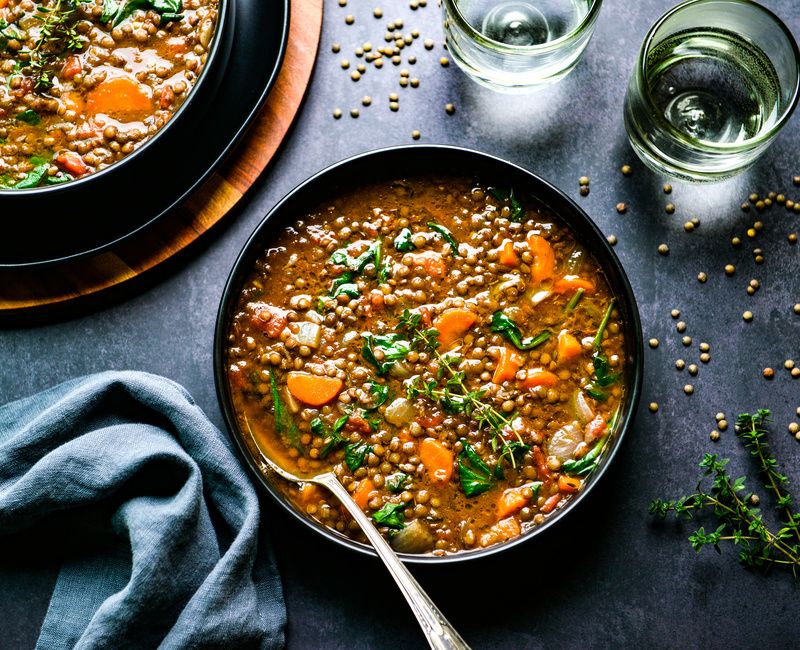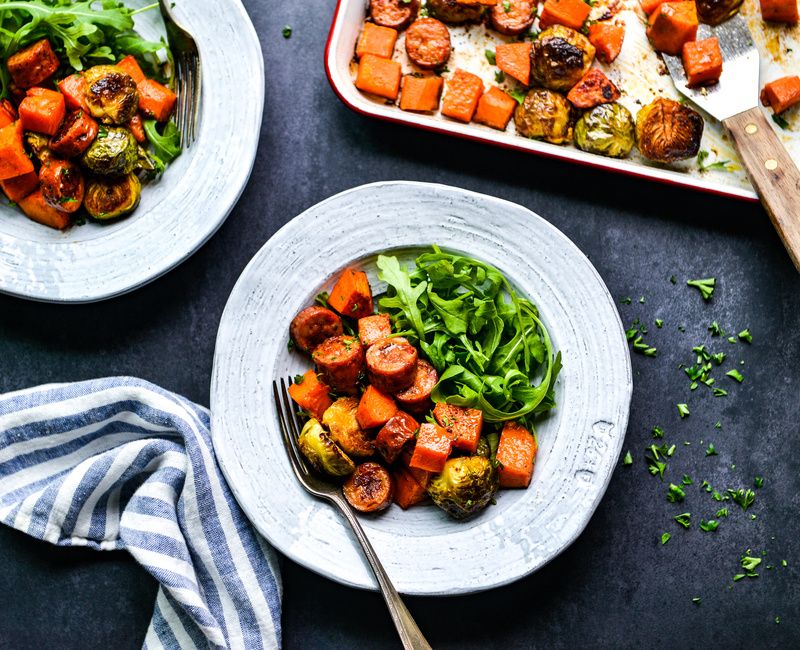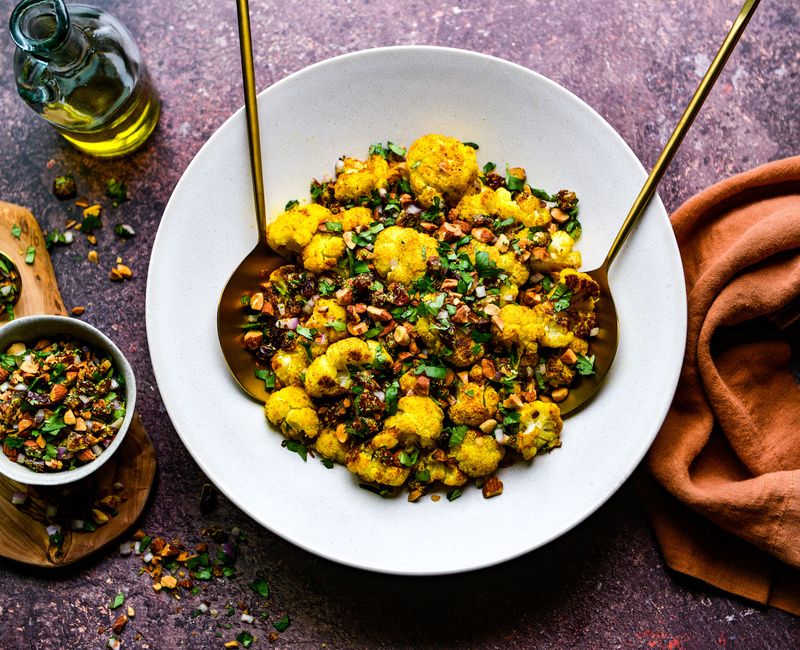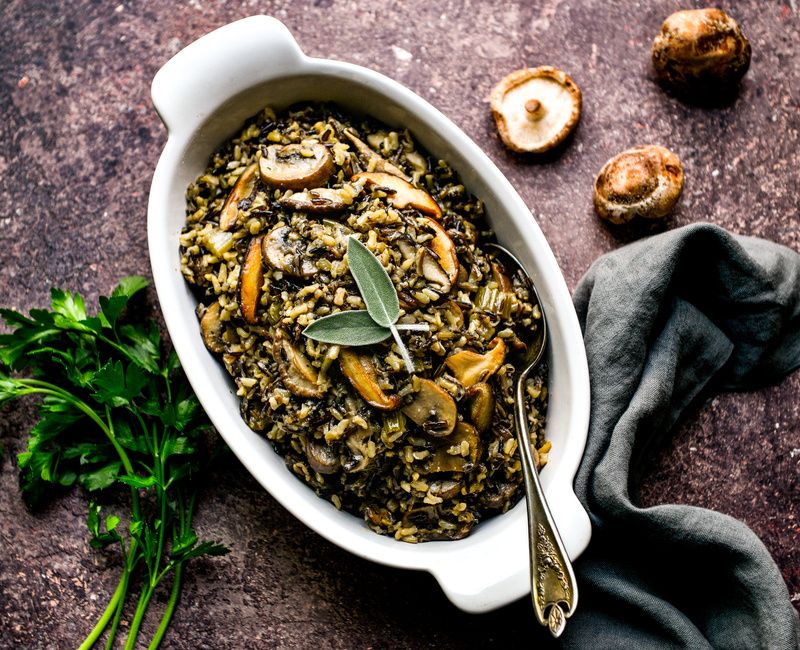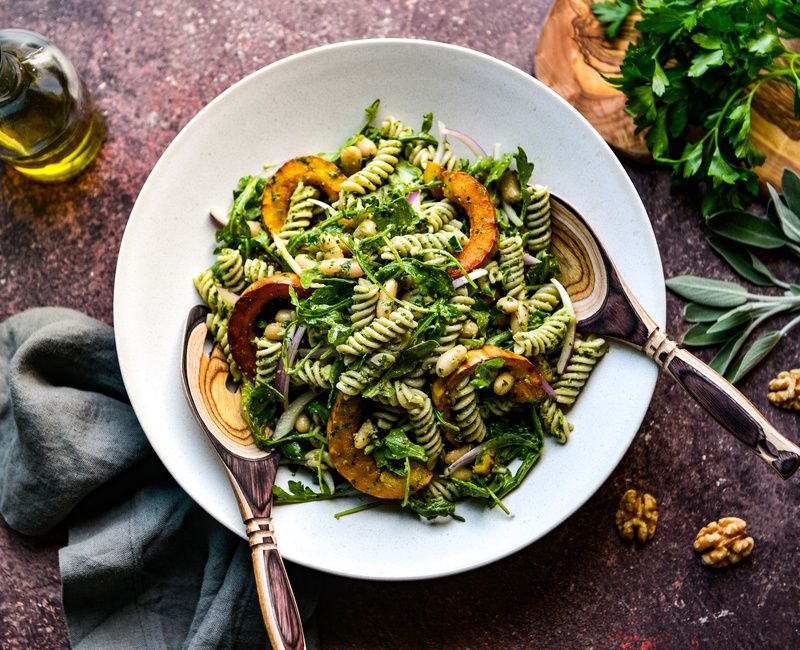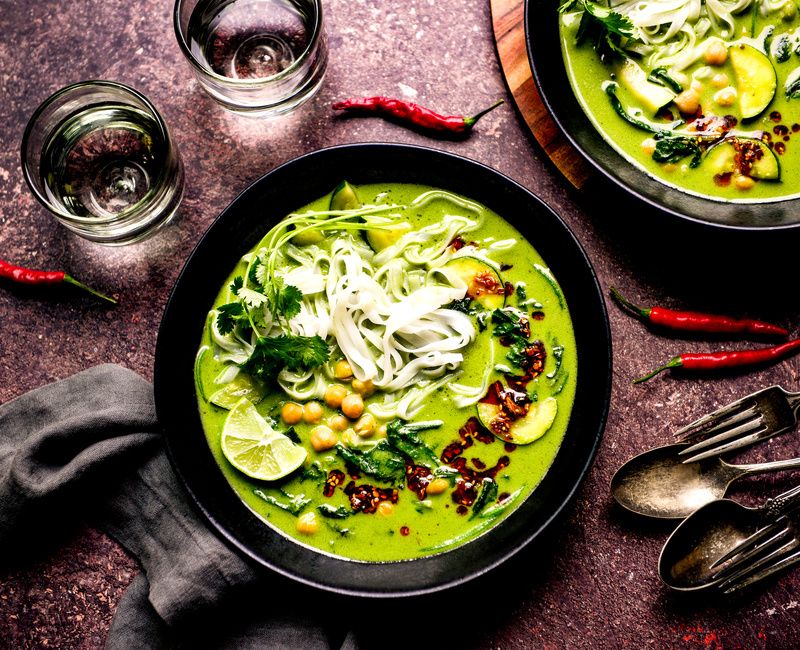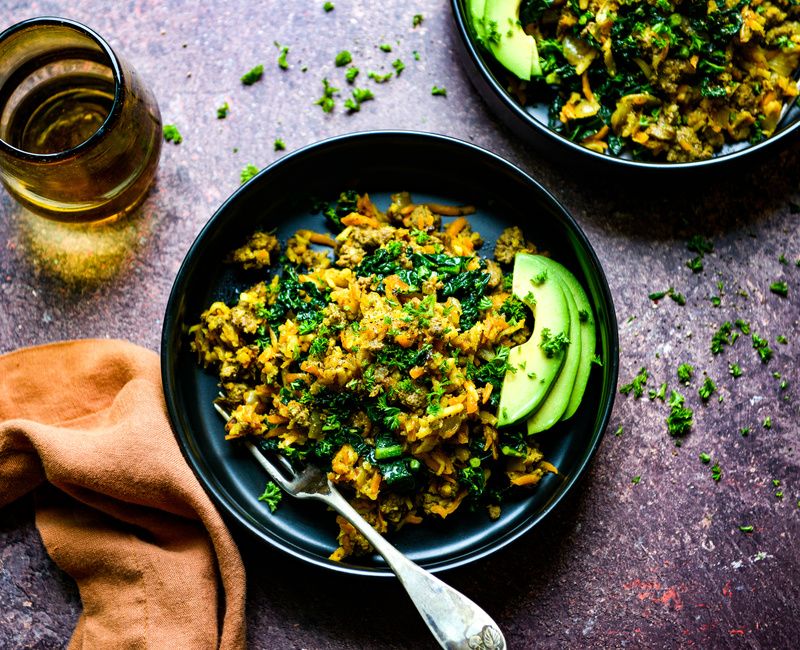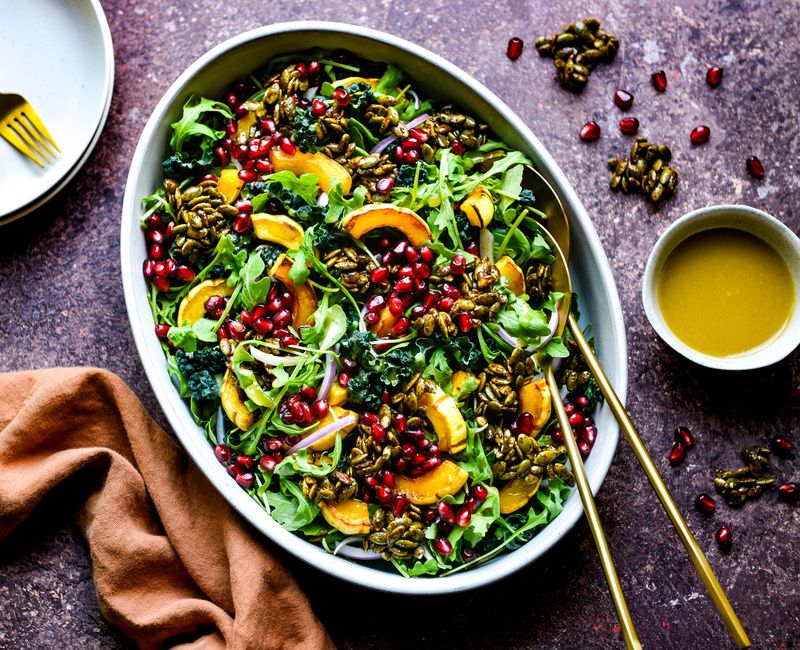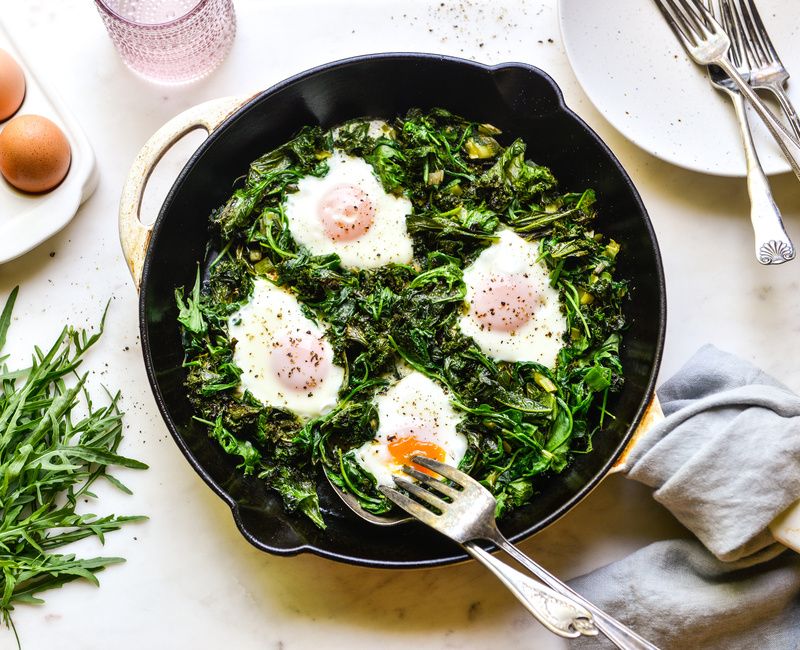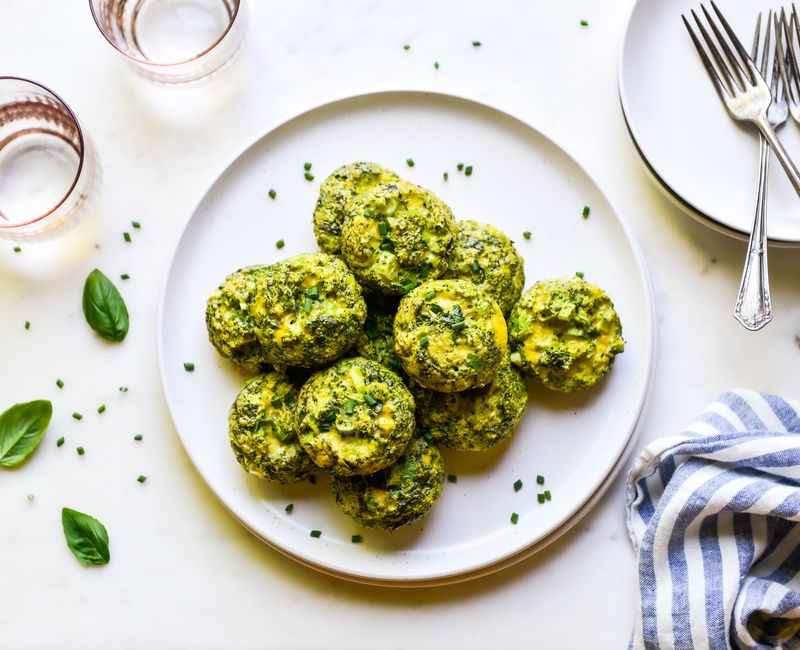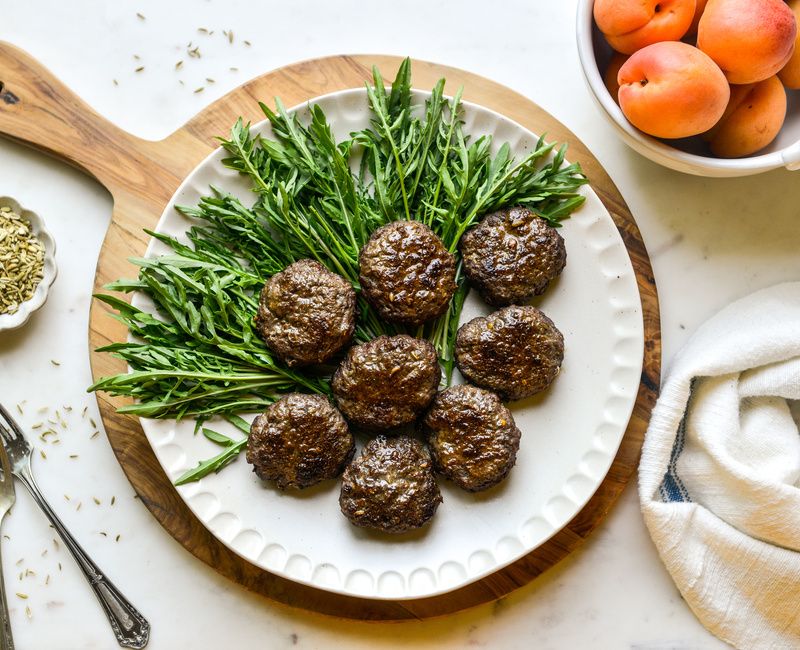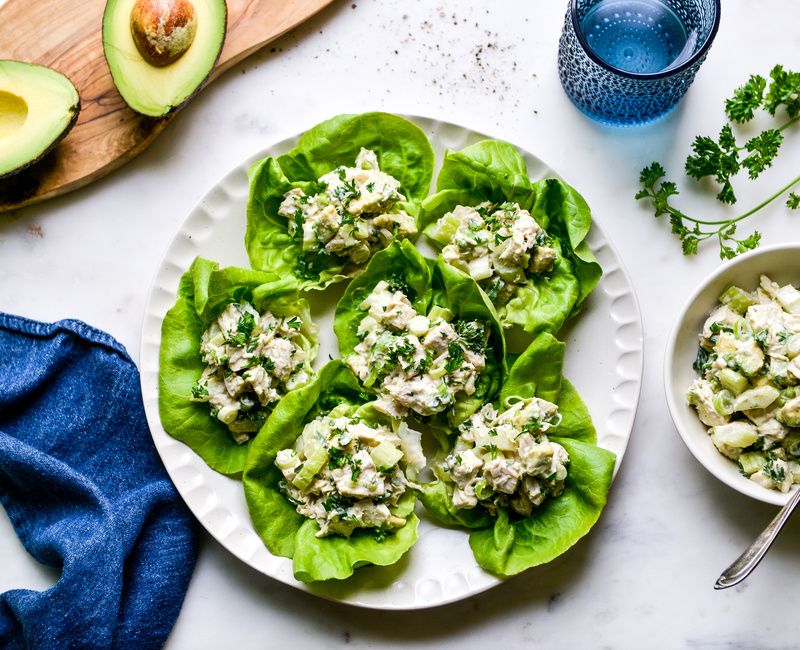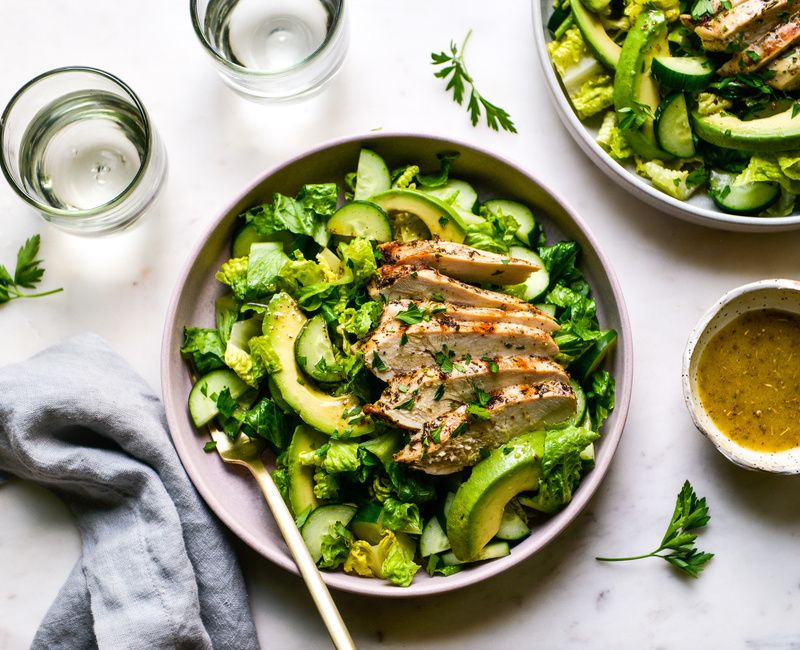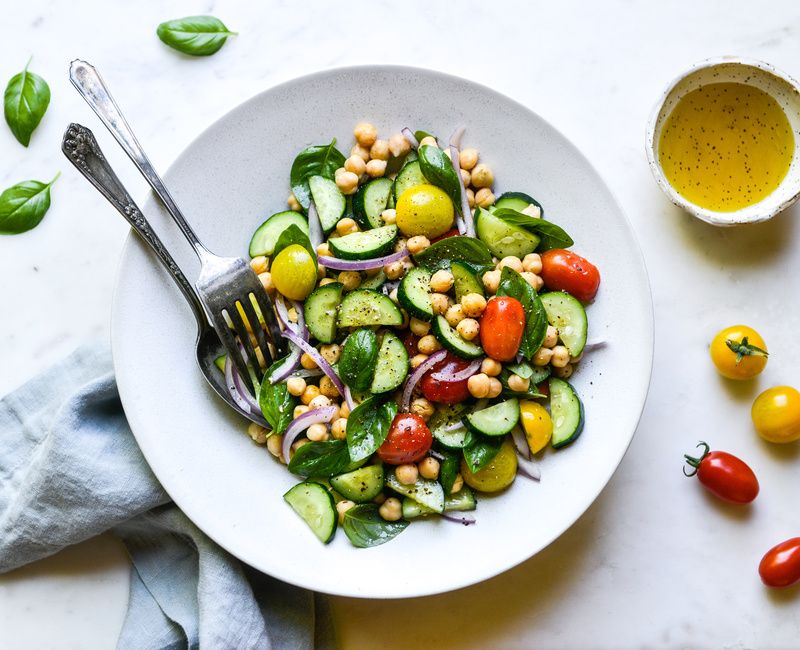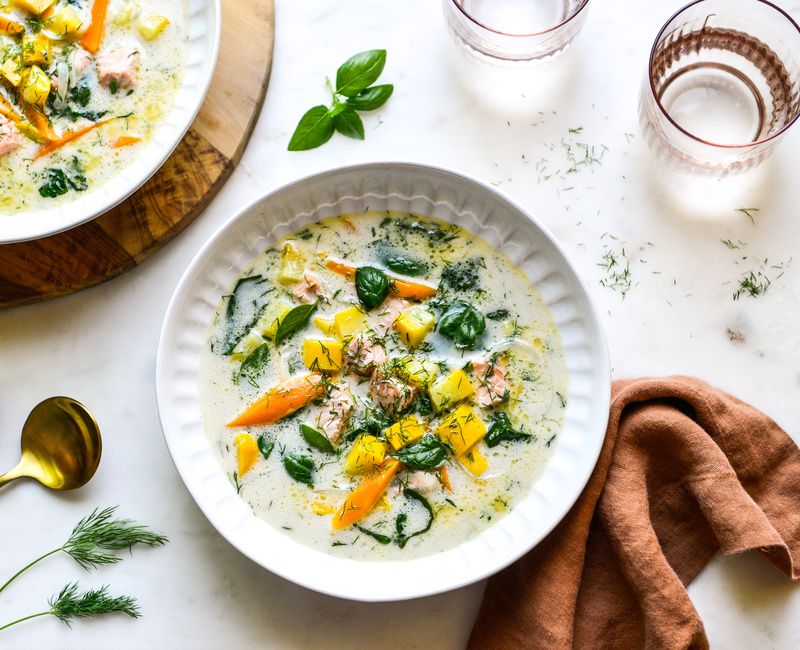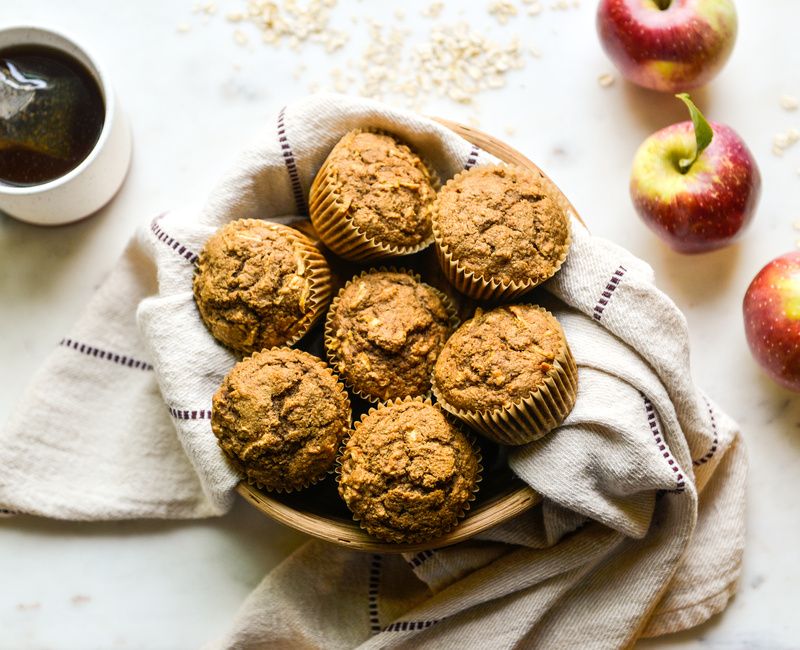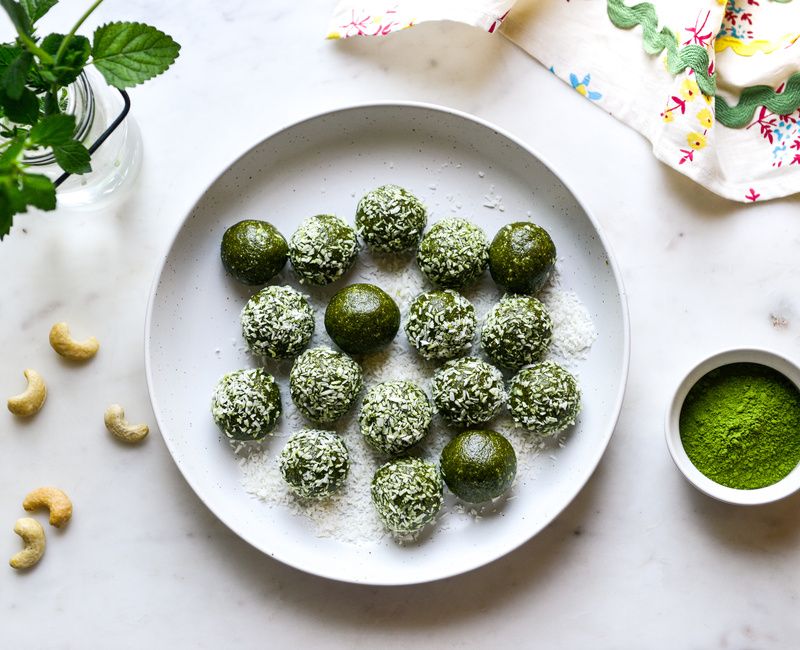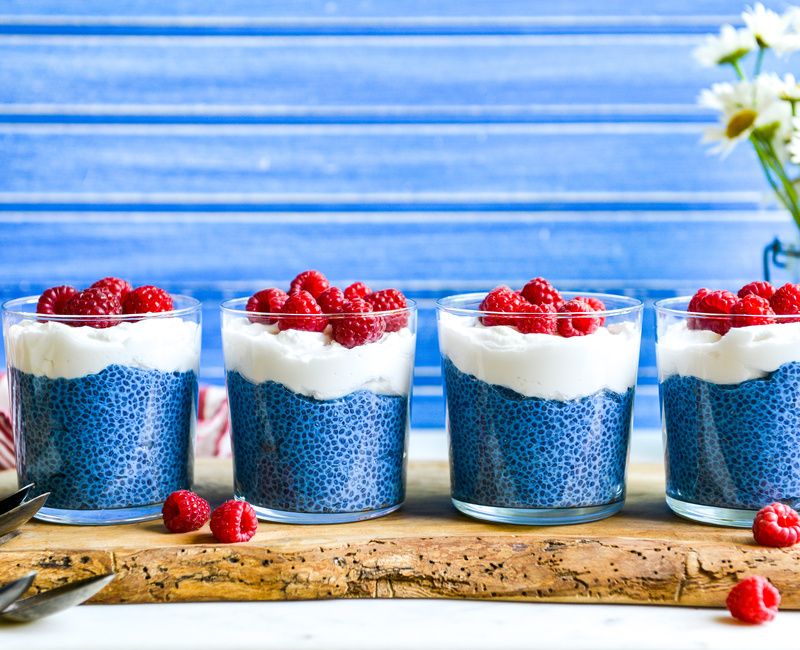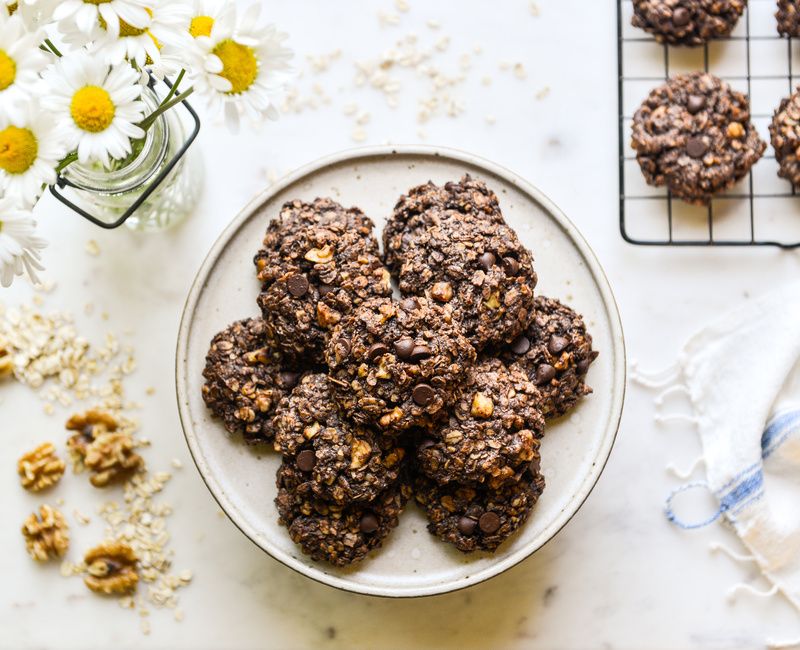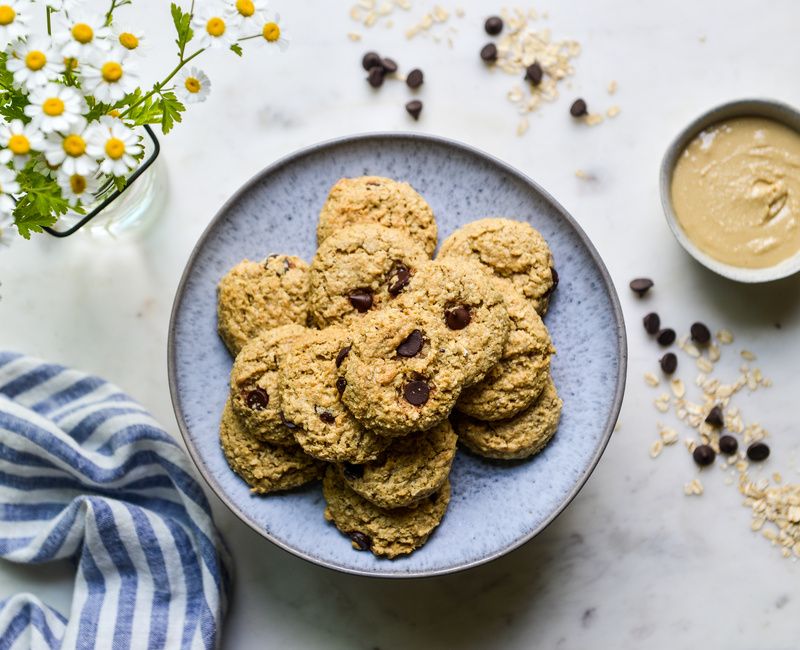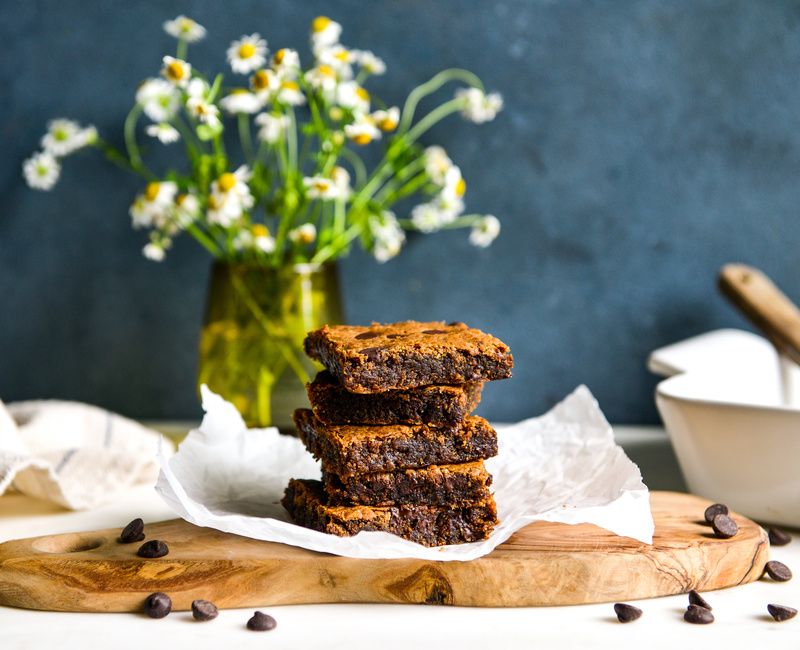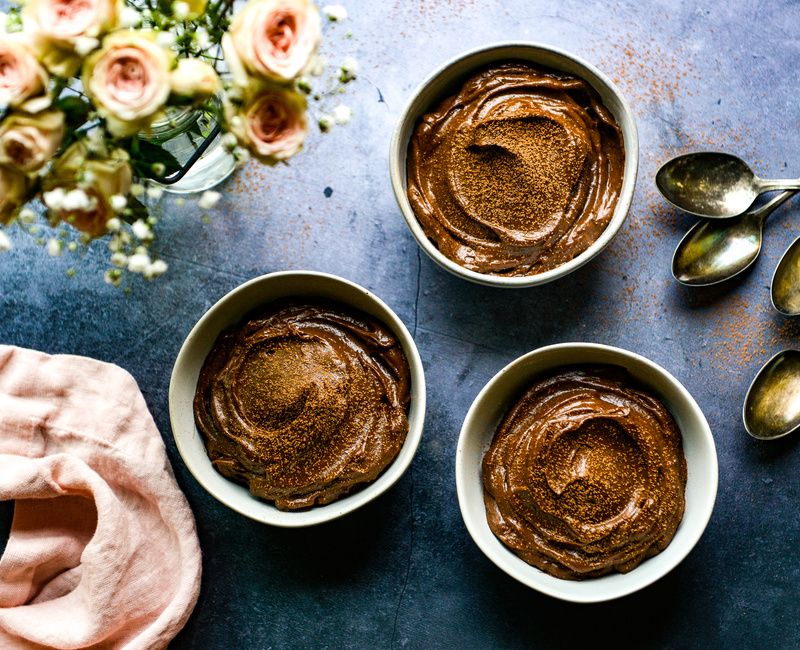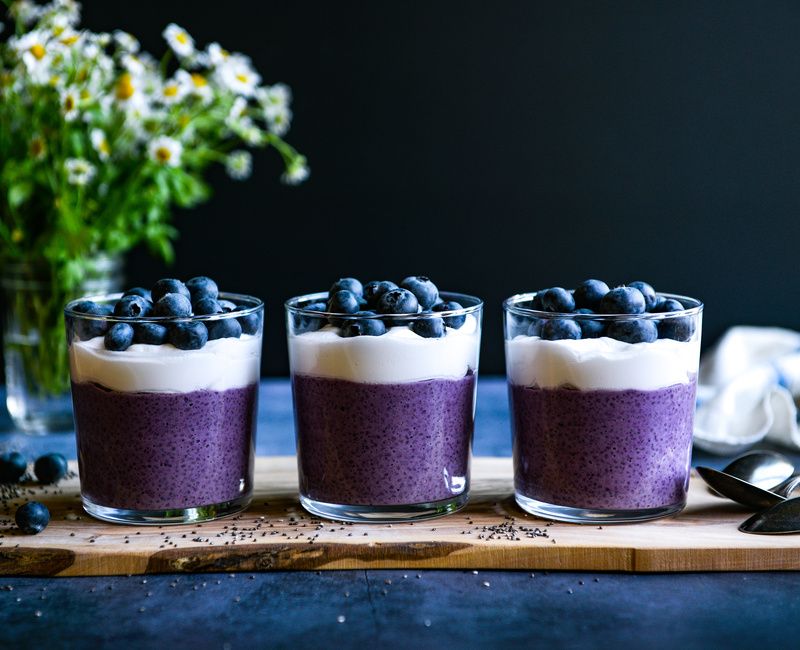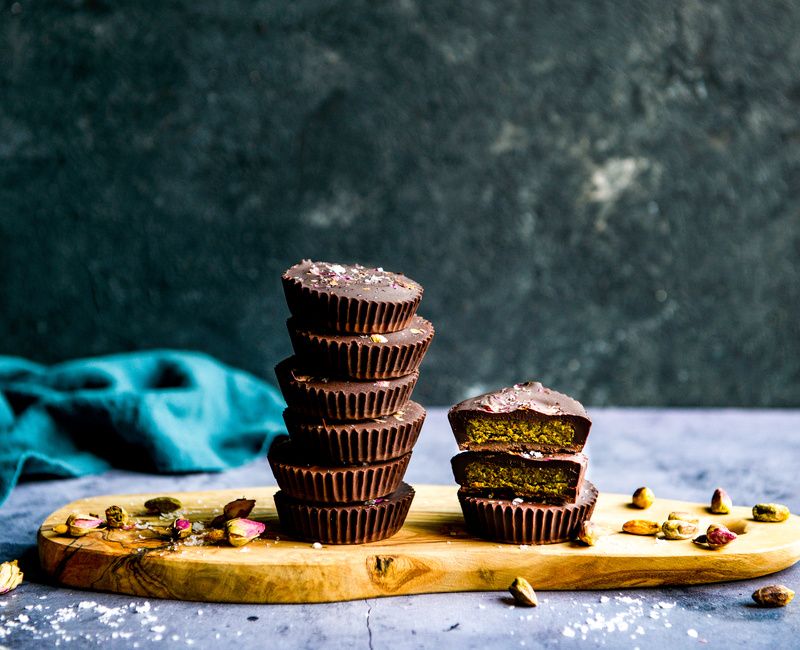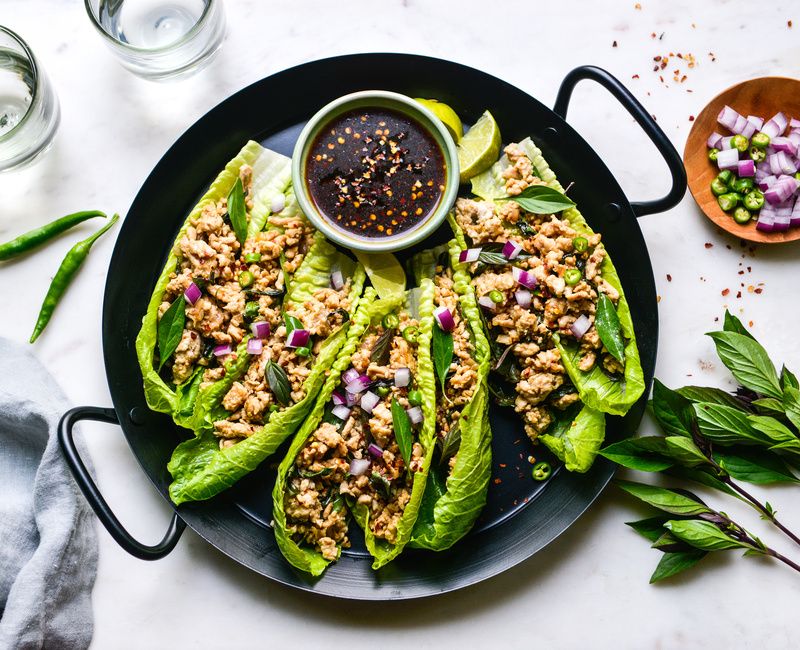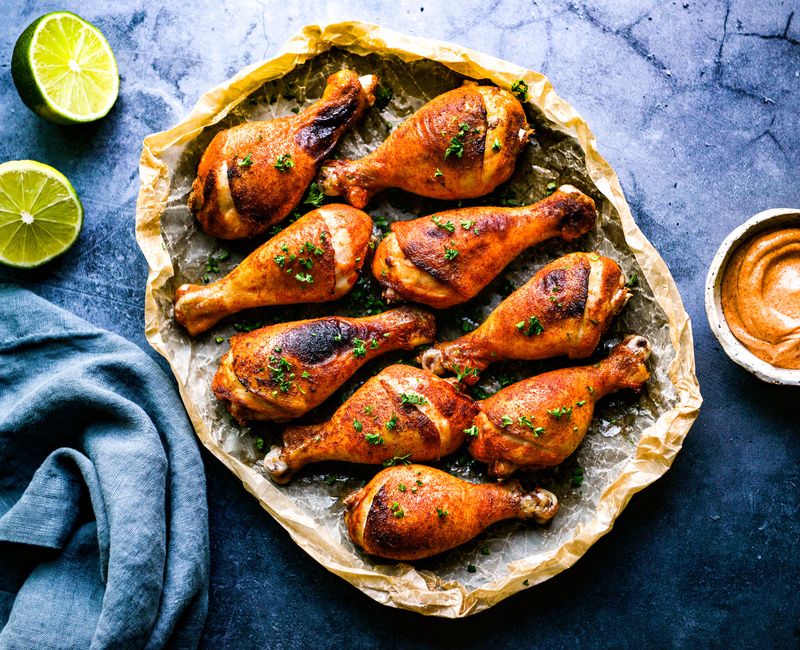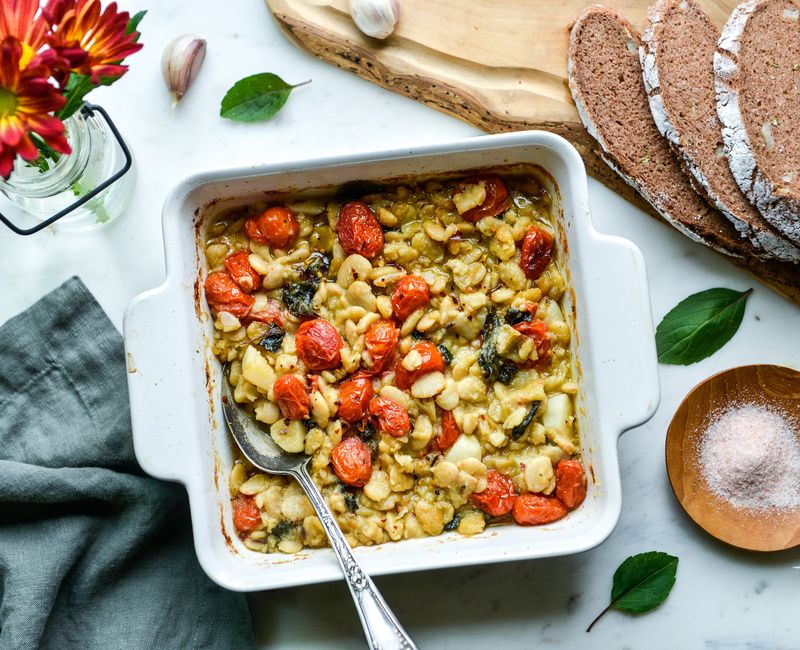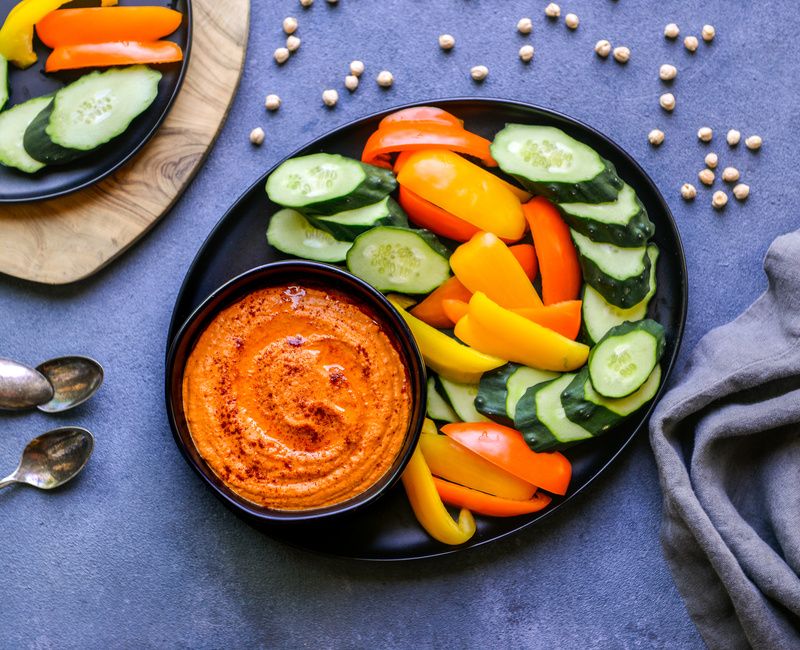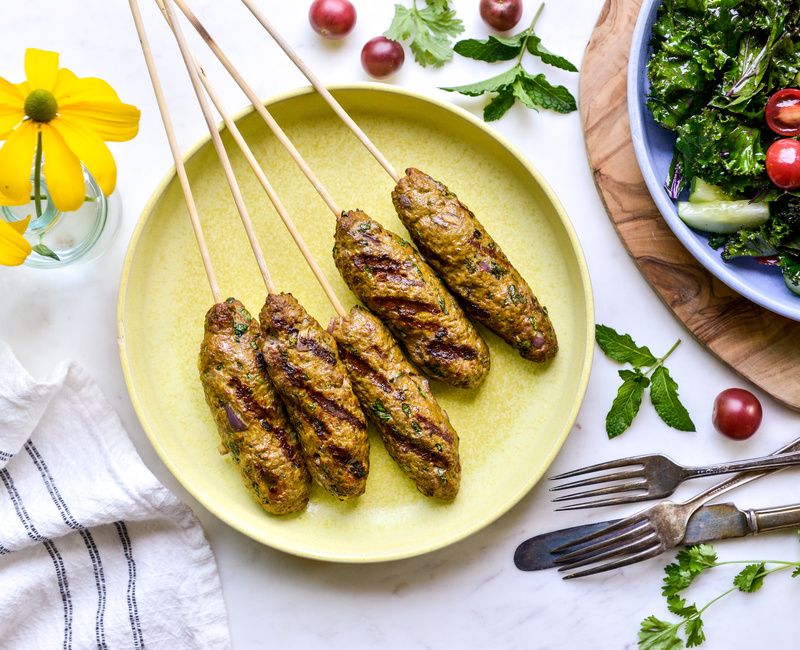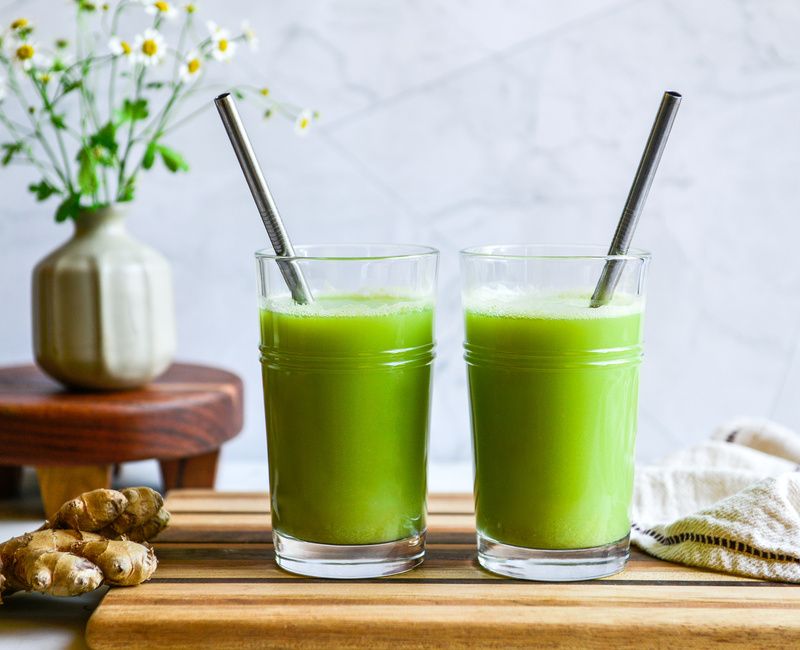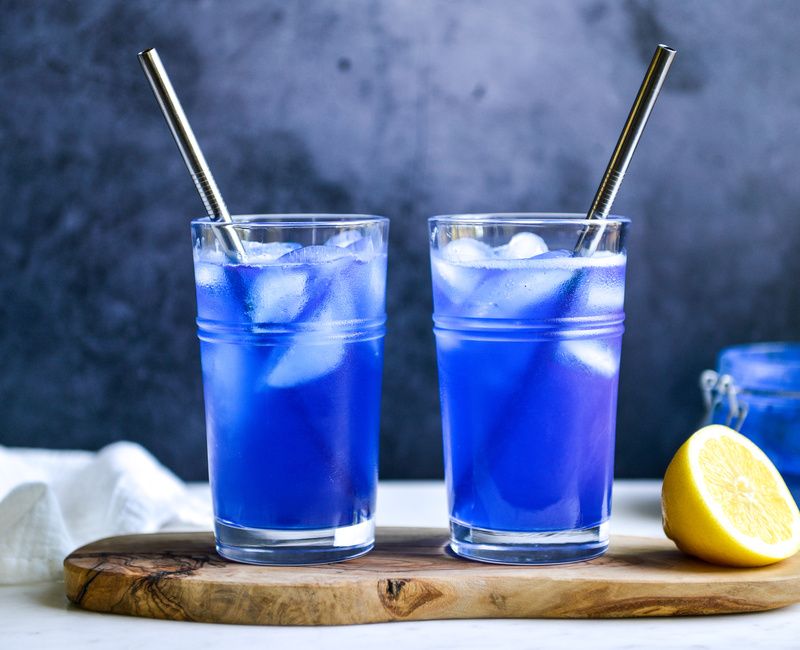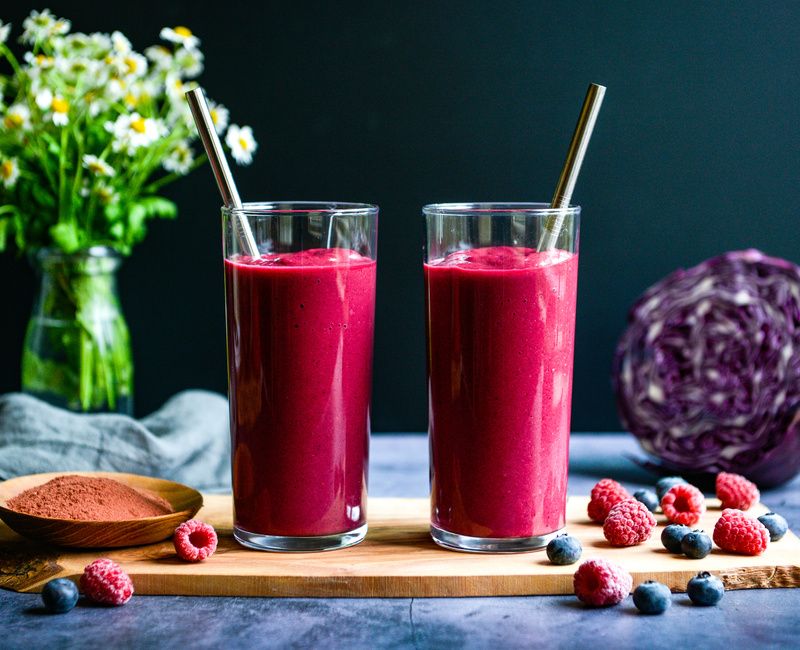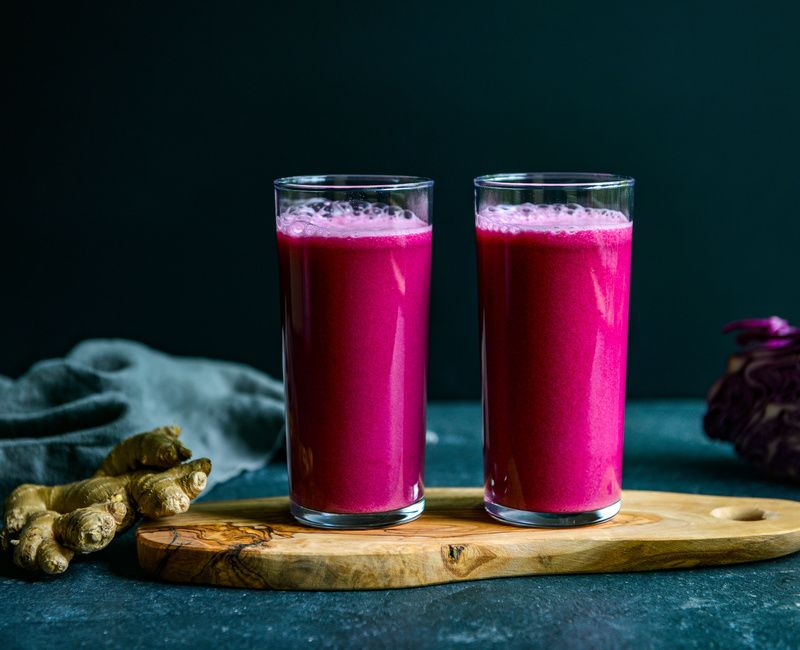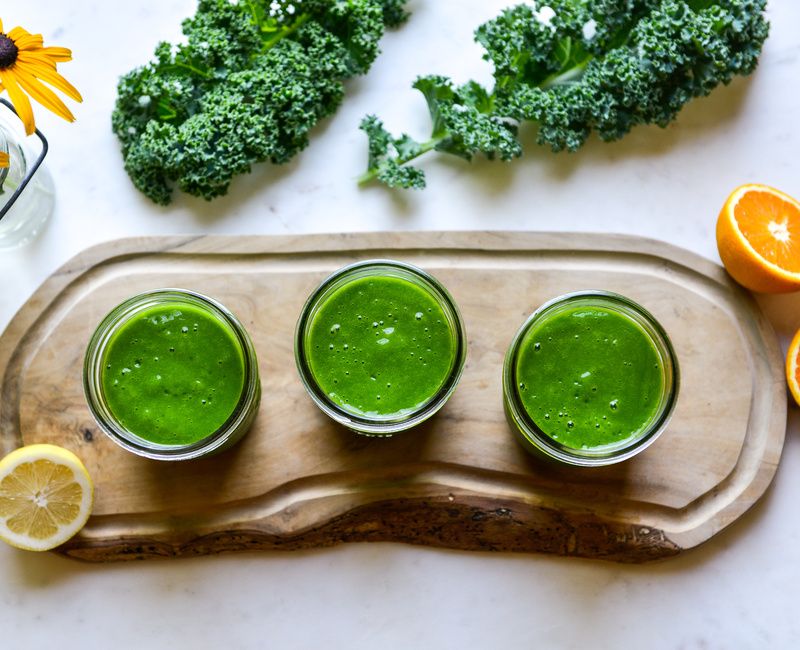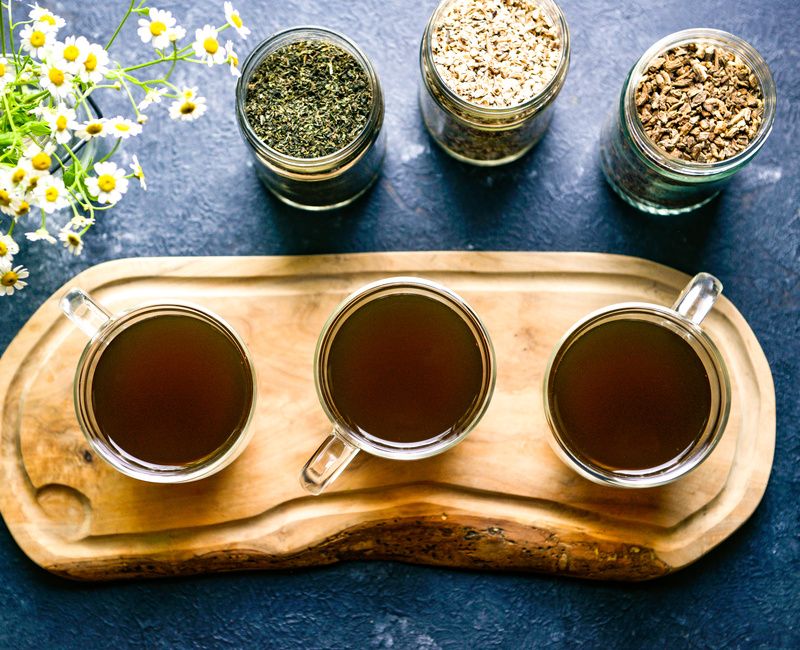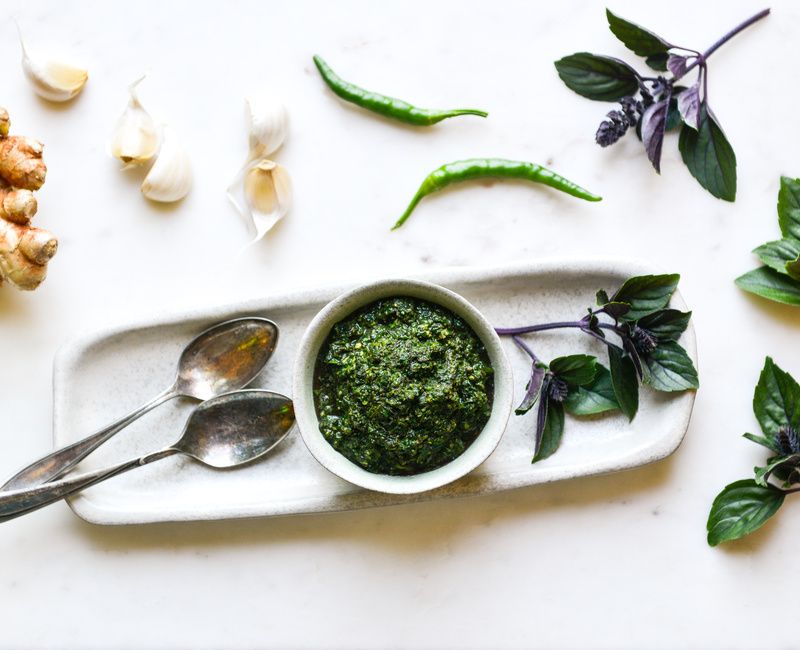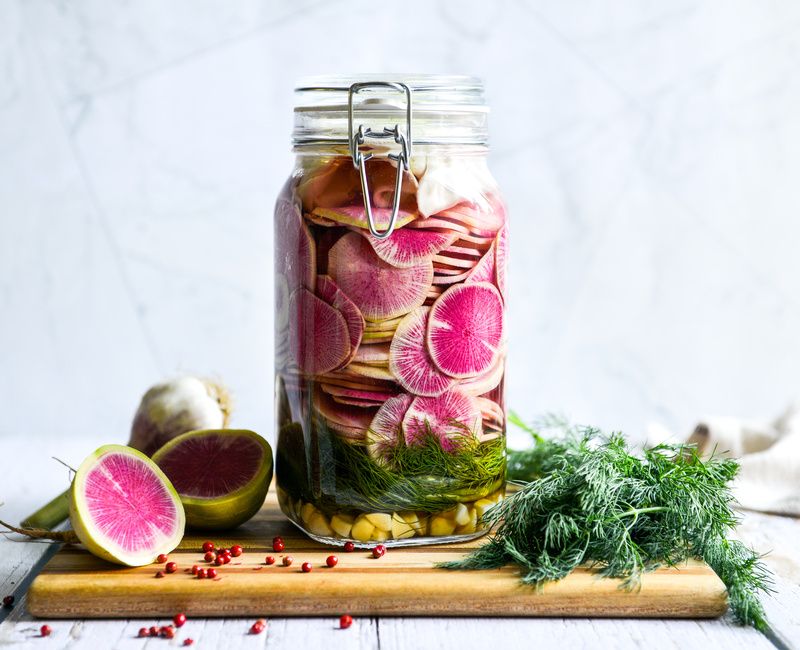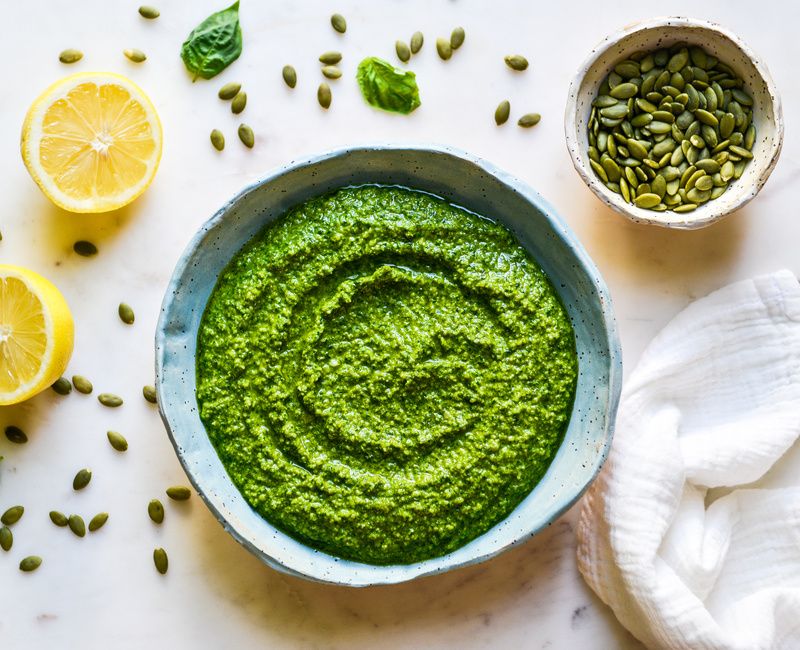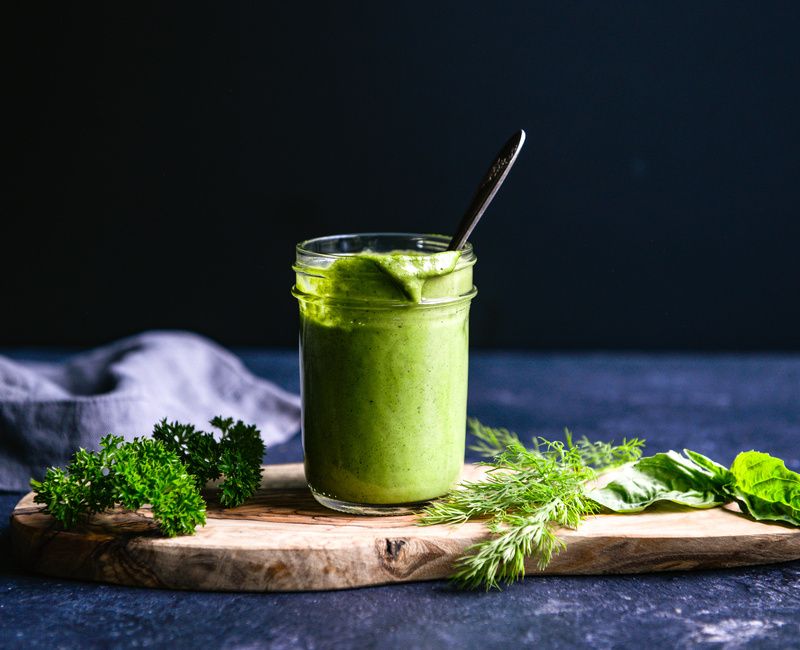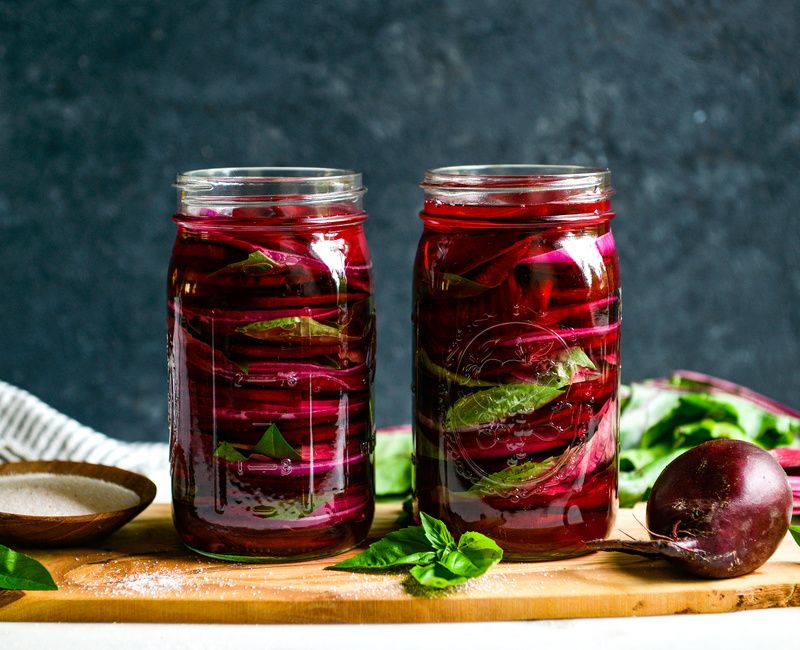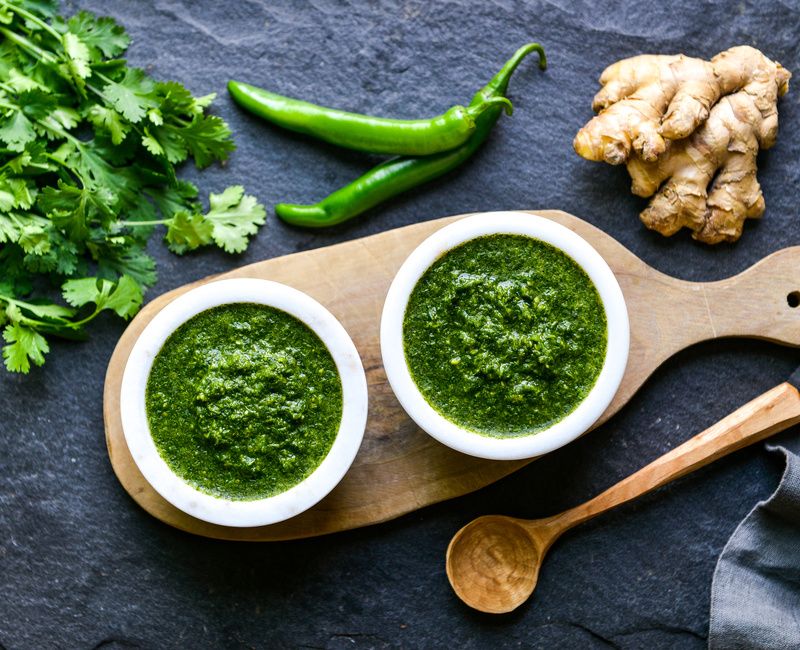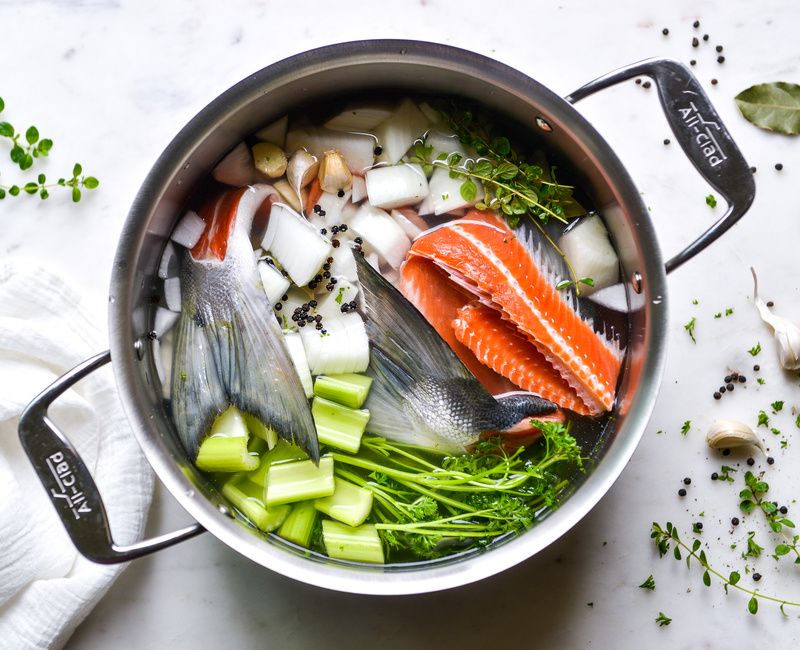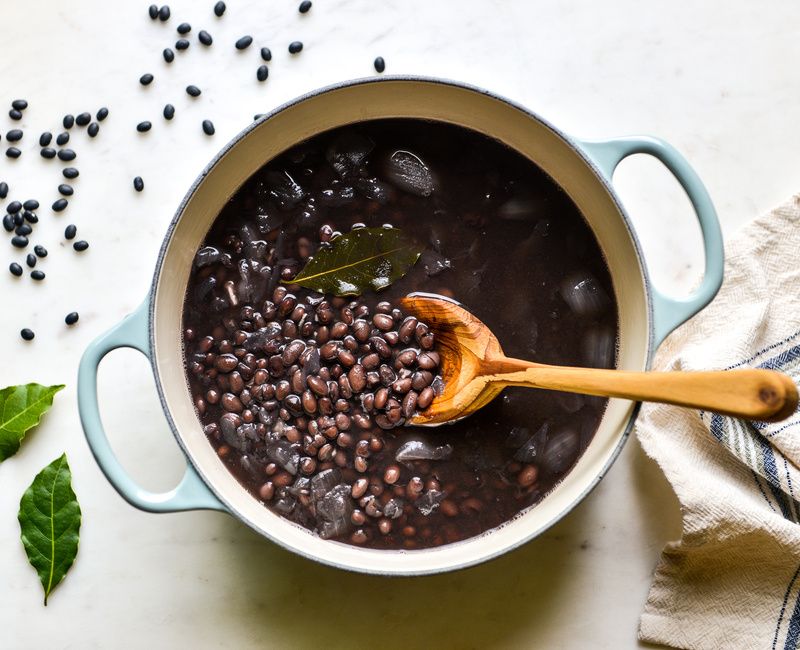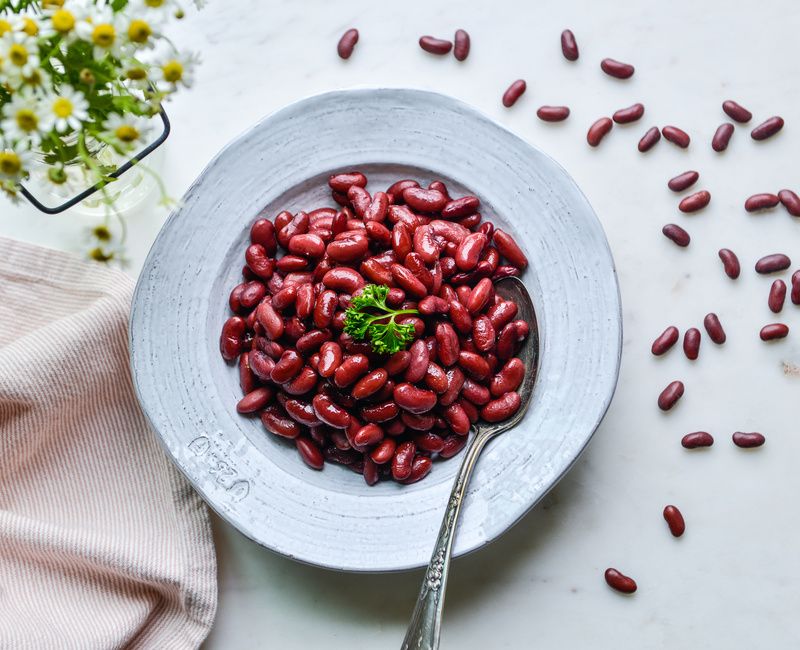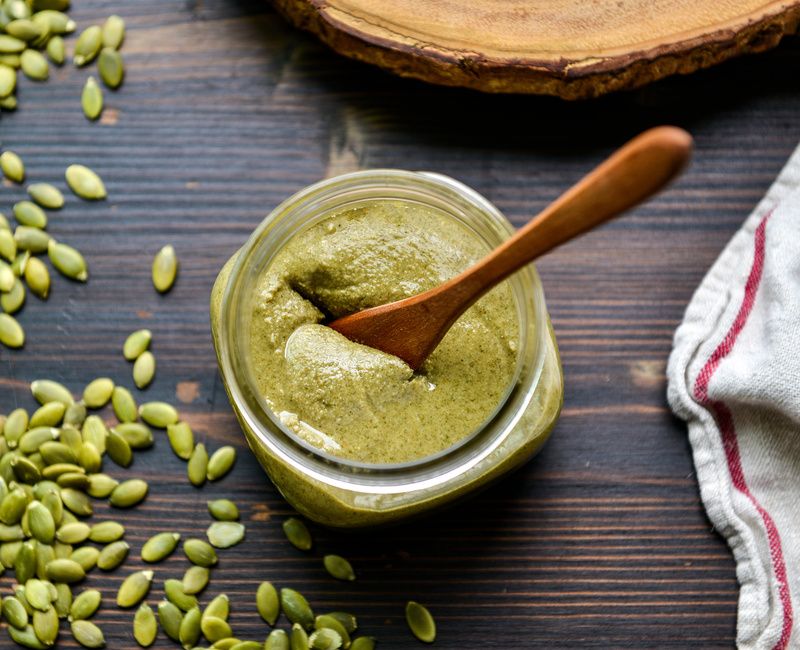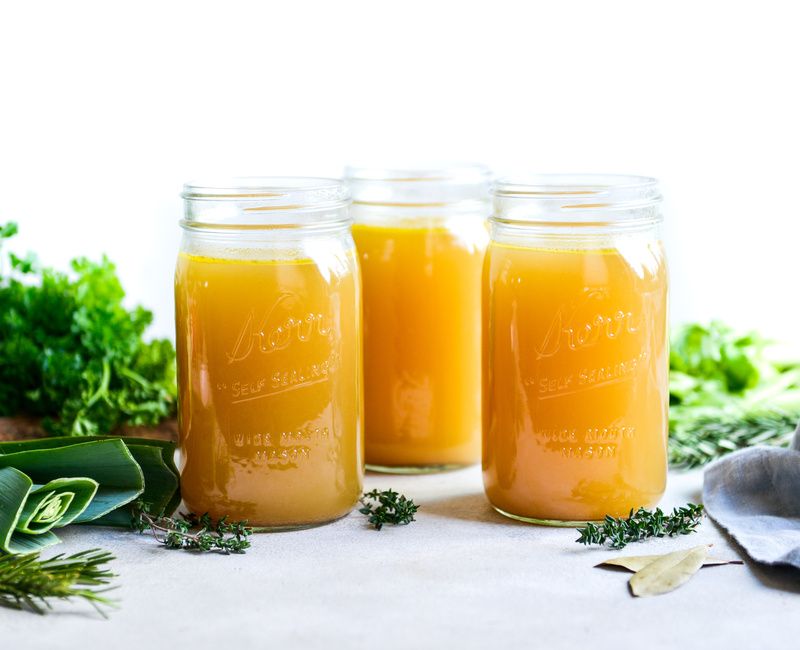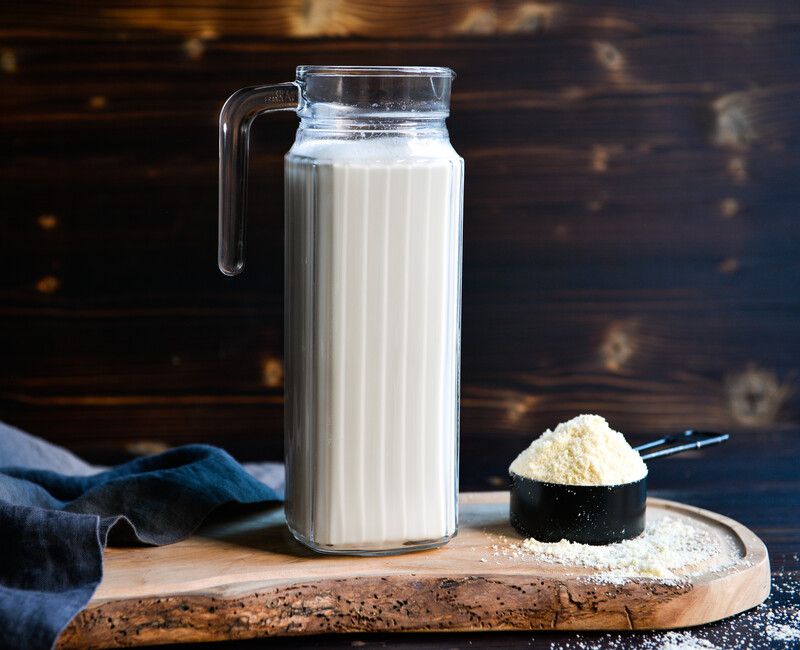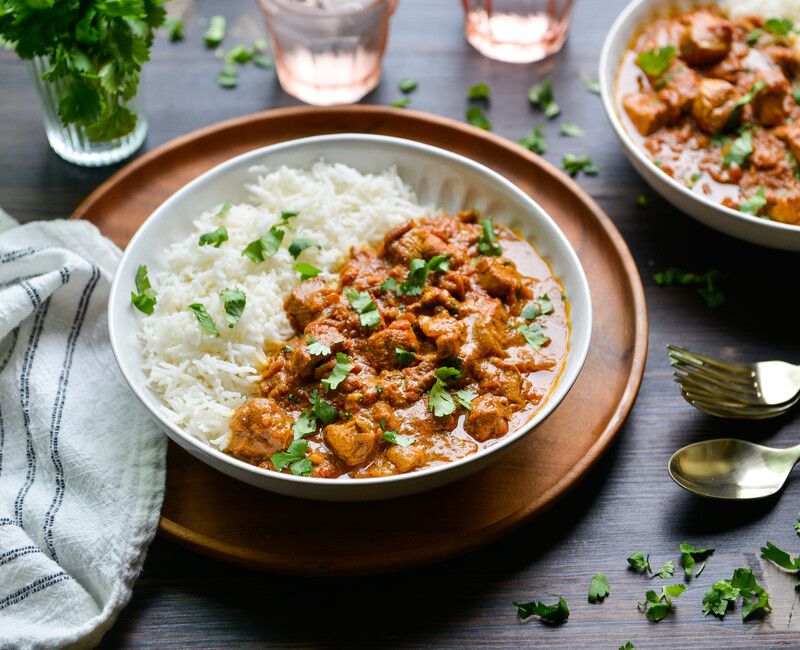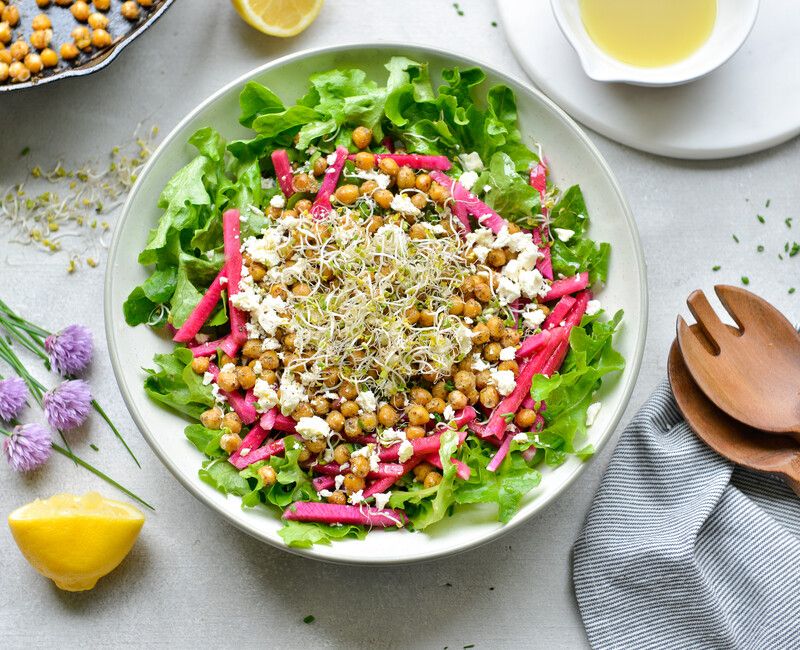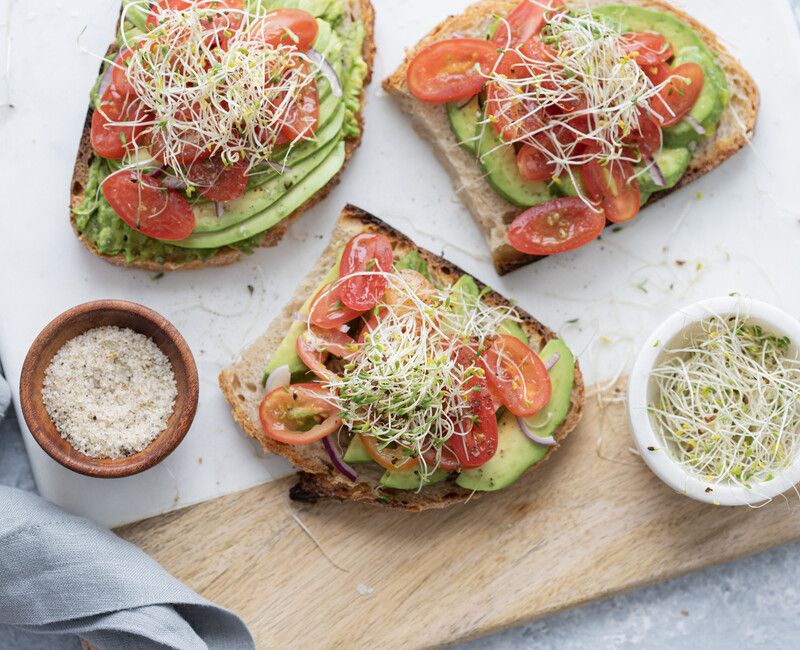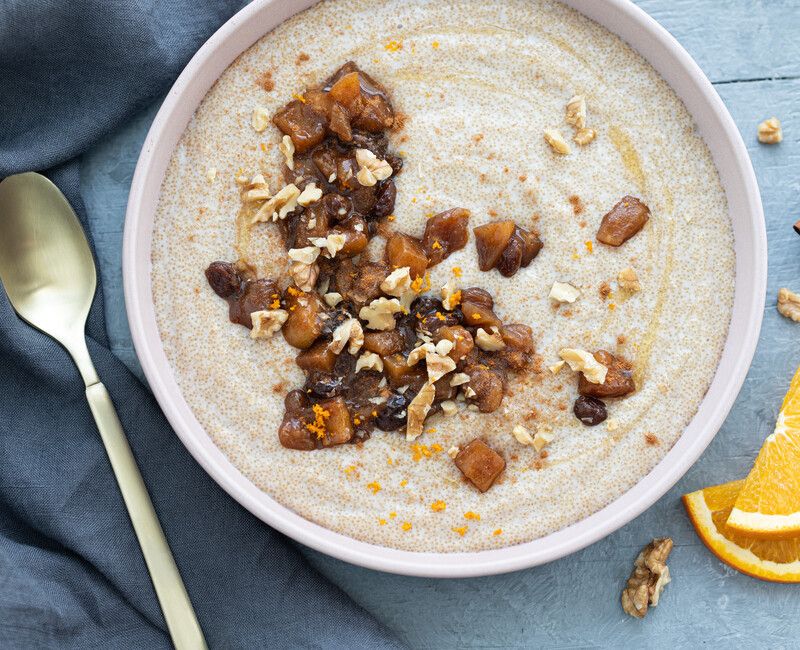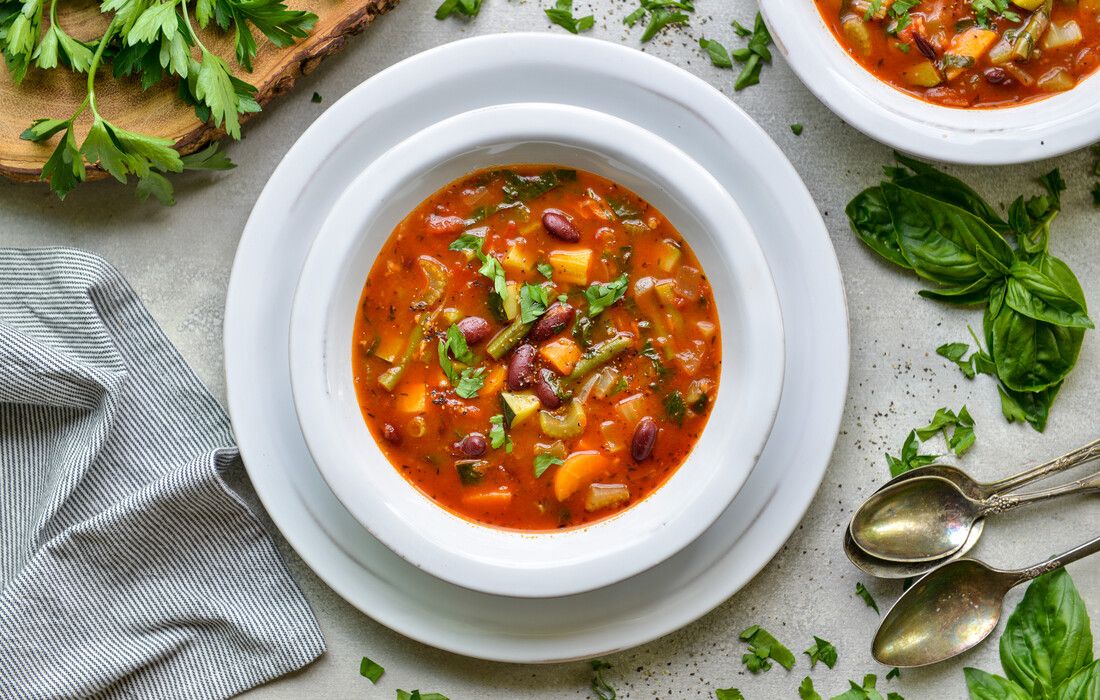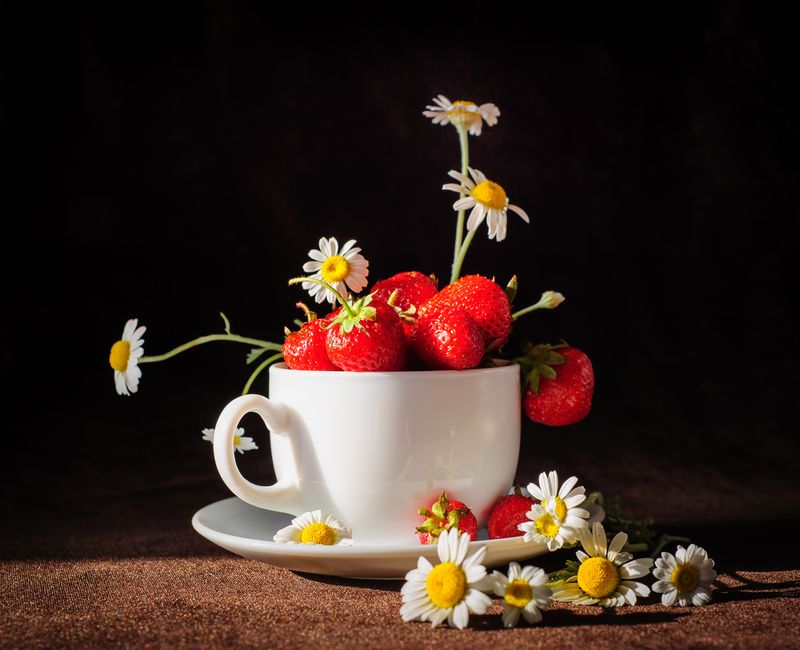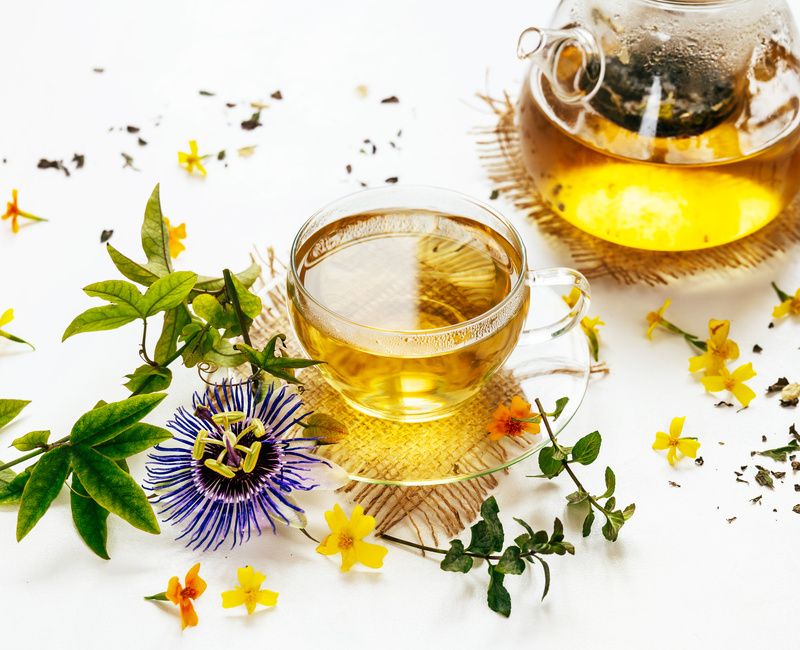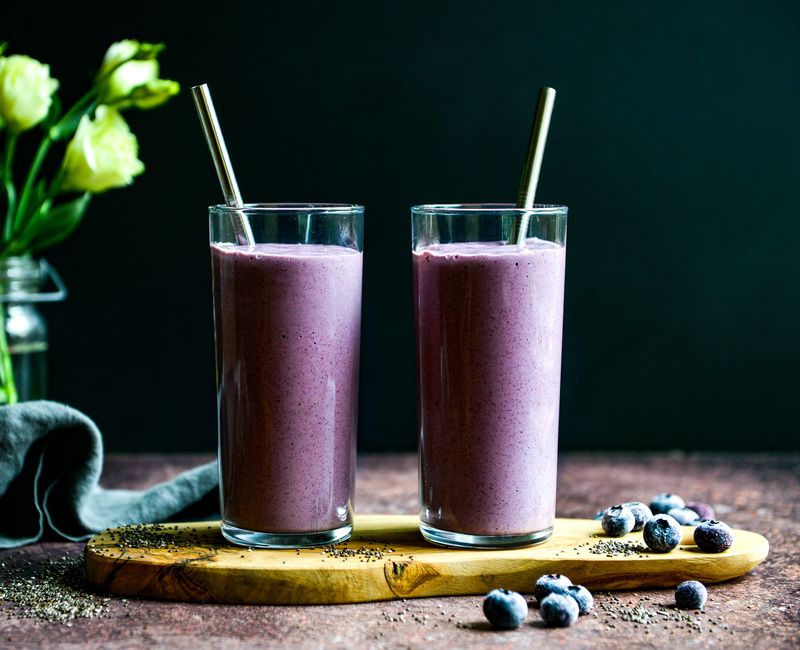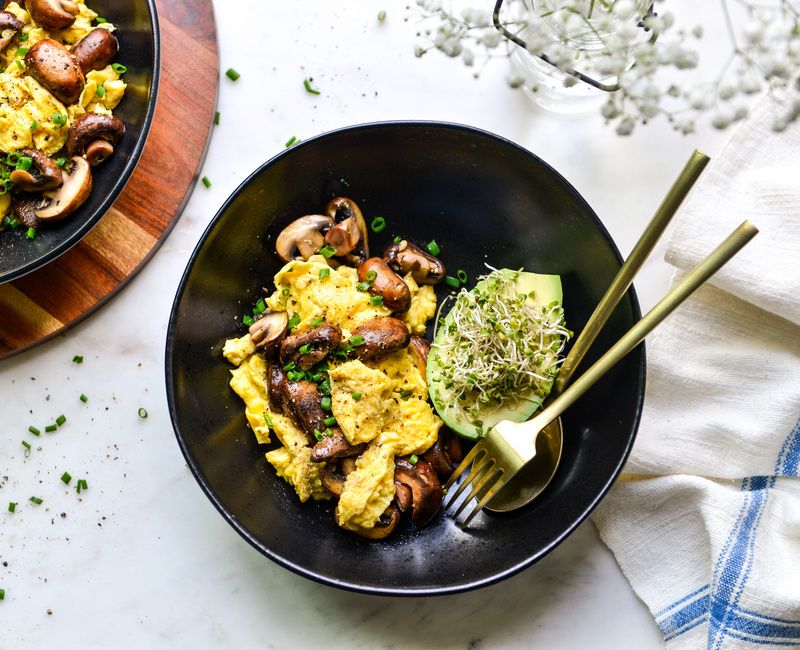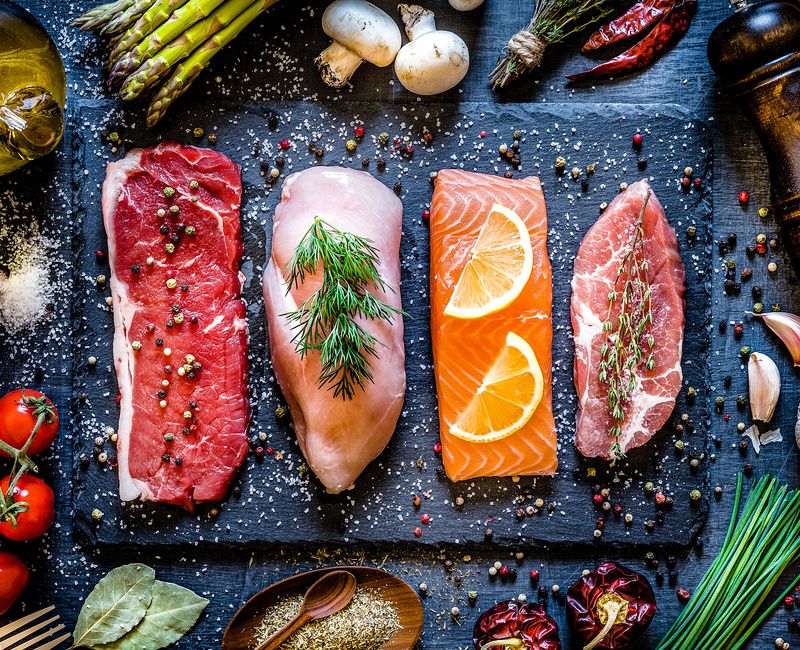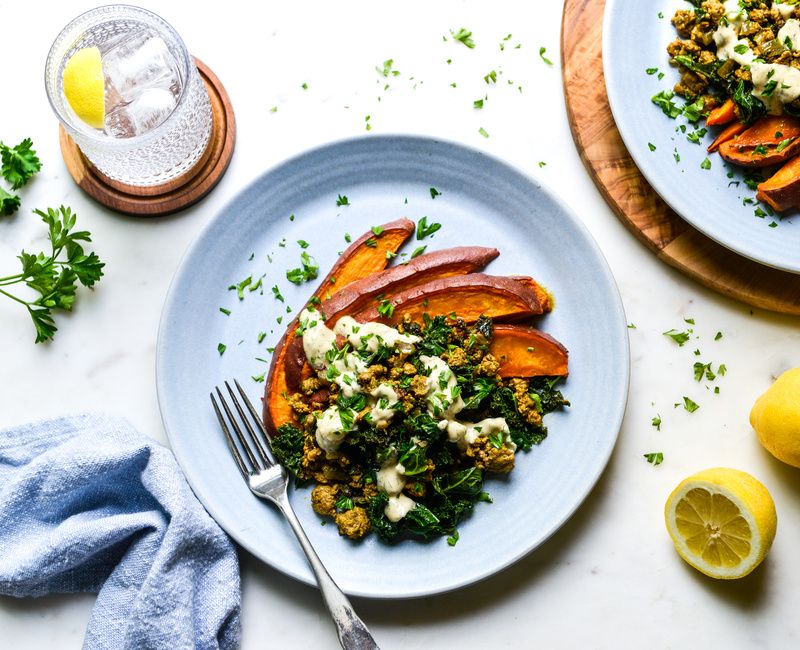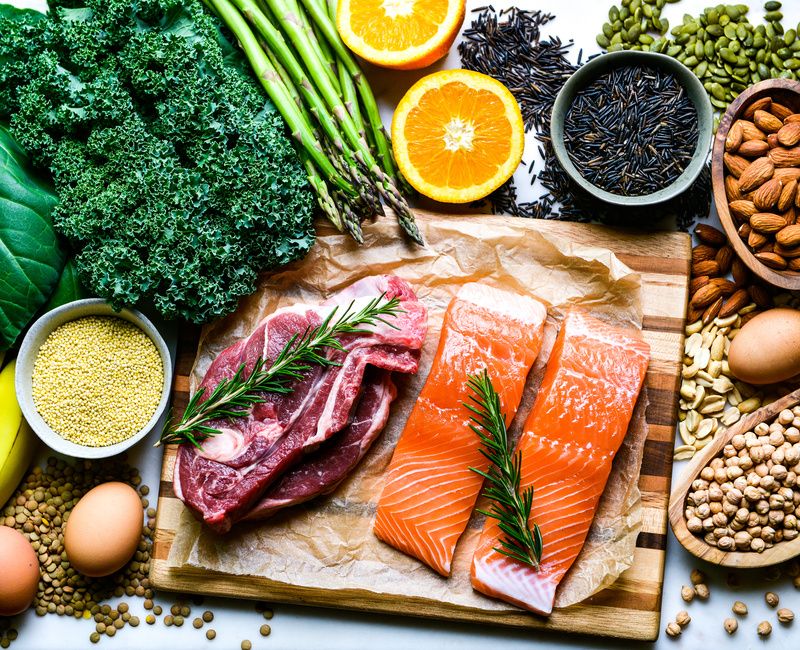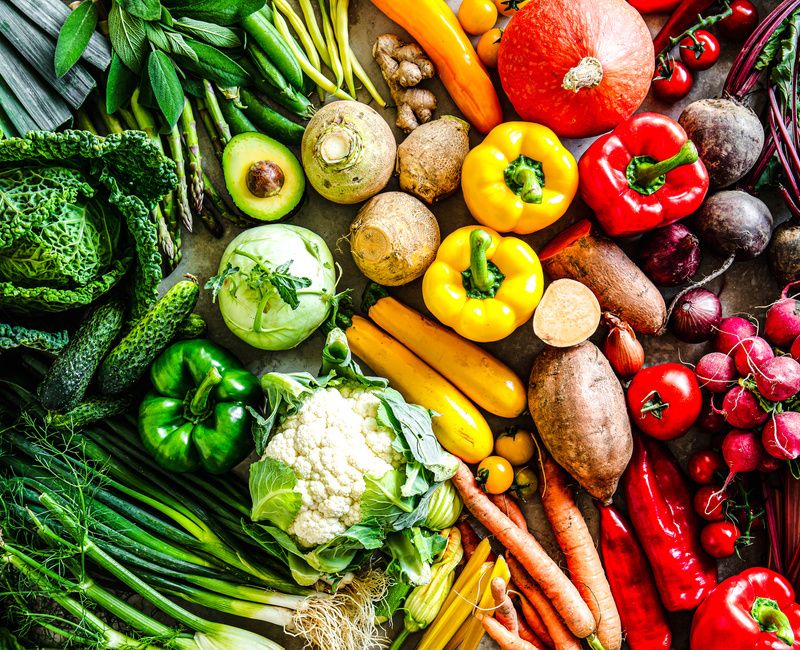Detoxification Diet
Our bodies are subject to a growing list of toxins from the air we breathe, the food we eat, and the water we drink. Many of these chemicals are known carcinogens or endocrine disruptors. While we can’t avoid all toxins, we can reduce our exposure and support our body’s natural detoxification systems through targeted dietary and lifestyle choices. A Detoxification Diet helps eliminate foods that burden the liver while emphasizing those that enhance detoxification pathways, regulate inflammation, and improve elimination.
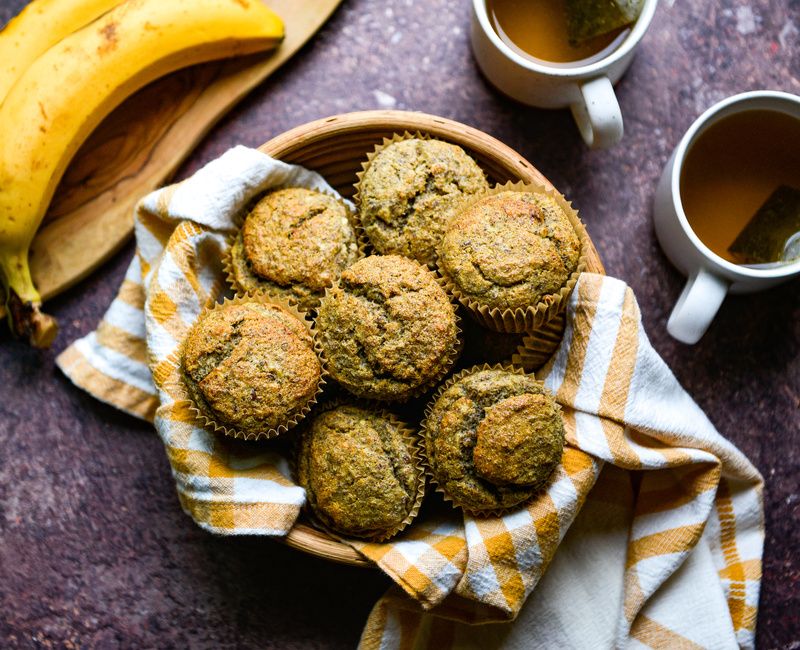
Latest Anti-Inflammatory Diet Recipes
Detoxification Diet Safe with Modifications
What is a Detoxification Diet?
The Detoxification Diet is a therapeutic eating plan designed to reduce your body’s toxic burden and enhance biotransformation—the process by which the body neutralizes and eliminates toxins. This is accomplished through three core strategies:
-
Reduce exposure to environmental and dietary toxins
-
Activate detox pathways with foods rich in nutrients that support Phase 1 and Phase 2 liver detoxification
-
Support elimination through high-fiber foods and adequate hydration to ensure toxins exit the body via stool and urine
This diet removes inflammatory and toxin-laden foods such as sugar, gluten, dairy, refined grains, and processed oils. It encourages the intake of cruciferous vegetables, allium-rich foods (like garlic and onions), fiber-rich plant foods, clean protein, and antioxidants to support cellular detox and repair.
For best results, we recommend following this plan for a minimum of 6 weeks.
Who is the Detoxification Diet For?
This plan is suitable for anyone seeking to reduce inflammation, restore balance, or address chronic health issues driven by toxic overload. It can also serve as a gentle reset for those feeling weighed down by environmental or dietary exposures. Whether you’re navigating fatigue, recovering from overindulgence, or simply wanting to feel lighter and clearer in your body, this plan offers a science-backed, nourishing path to renewed energy and vitality. It's especially beneficial for:
-
Elevated liver enzymes
-
High alcohol consumption or recovery from alcohol overuse
-
Weight loss resistance or metabolic syndrome
-
Blood sugar imbalances
-
Chronic fatigue or brain fog
-
Hormonal imbalances or infertility
-
Acne, eczema, and other skin conditions
-
ADD/ADHD or cognitive decline
-
Autism spectrum disorders
-
Chronic constipation or sluggish digestion
If your body feels out of balance or you suspect toxins are impacting your health, this diet offers a clear, structured path back to vitality.
How the Detoxification Diet Works:
The Detoxification Diet works by decreasing your toxic load while enhancing the body’s natural ability to neutralize and eliminate harmful substances. This is achieved by removing common dietary toxins, increasing detox-supportive nutrients, and promoting daily elimination. Consistency is key—small daily actions add up to significant change over time.
Elimination (minimum 6 weeks) Remove all foods that burden the liver or promote inflammation. Focus on fresh, whole foods prepared at home to avoid hidden additives, preservatives, and chemicals found in processed foods.
Daily Detox Support Includes:
-
1 to 2 servings of raw or lightly cooked cruciferous vegetables (kale, broccoli sprouts, cauliflower, radishes, arugula)
-
High-fiber foods to support toxin excretion
-
Plenty of purified water
-
Detox-supportive herbs and spices such as turmeric, ginger, and parsley
Lifestyle Enhancements:
-
Switch to non-toxic body care and household products
-
Filter your water (Berkey or reverse osmosis systems recommended)
-
Avoid synthetic fragrances, dryer sheets, and air fresheners
-
Dry brushing, sauna use, and daily movement support lymphatic flow and detox
Foods to Avoid on a Detoxification Diet:
To reduce the toxic burden on the body, the following should be fully eliminated:
-
Gluten-containing grains: Wheat, rye, barley, spelt, kamut
-
Dairy products: Cow’s milk, goat milk, cheese, yogurt, butter
-
Refined sugar: White sugar, brown sugar, high-fructose corn syrup (small amounts of maple syrup, raw honey, and fresh dates may be used)
-
Processed foods: Packaged snacks, fast food, frozen dinners
-
Refined oils: Canola oil, soybean oil, safflower oil, sunflower oil
-
Peanuts and peanut butter
-
Oil roasted and salted nuts/seeds (store-bought; homemade roasted nuts ok)
-
Fish high in mercury and heavy metals
-
Pork and pork products (bacon, ribs, etc.)
Foods to Eat on a Detoxification Diet:
Focus on foods that naturally support detoxification and repair:
-
Cruciferous vegetables: Broccoli sprouts, kale, collards, arugula, radishes, daikon, cabbage, Brussels sprouts
-
Allium vegetables: Garlic, onions, leeks, green onions, shallots
-
Leafy greens: Mustard greens, dandelion greens, lettuce, endive, frisée, parsley, cilantro
-
Fiber-rich foods: Legumes, vegetables, fruits, chia seeds, flaxseeds, gluten-free whole grains
-
Clean proteins: Pasture-raised poultry and eggs, wild-caught fish (low mercury), grass-fed meats
-
Healthy fats: Avocados, raw pumpkin seeds, raw almonds, extra virgin olive oil, coconut oil
-
Polyphenol-rich foods: Berries, cherries, beets, purple carrots, sweet potatoes, tomatoes, grapes, green tea, matcha, black rice, red quinoa
-
Hydration: Purified water (aim for half your body weight in ounces daily)
Benefits of the Detoxification Diet:
-
Improved energy and mental clarity
-
Reduced bloating and better digestion
-
Enhanced liver function and regular bowel movements
-
Glowing skin and improved complexion
-
Balanced hormones and menstrual cycles
-
Improved fertility and reduced PMS symptoms
-
Stronger immune function and reduced inflammation
Challenges of the Detoxification Diet:
-
Requires time and preparation for home-cooked meals
-
Transition symptoms may include fatigue or cravings in the first week
-
Social gatherings and eating out may require careful planning
-
Finding clean water and personal care product swaps can take effort
How to Start the Detoxification Diet:
-
Become a Nourishing Meals® Member to access recipes, detox meal plans, and printable grocery lists.
-
Update your user profile to include "Detoxification Diet" and filter recipes that fit your needs.
-
Add 1 to 2 cruciferous-rich recipes per day to your meal plan to activate detox pathways.
-
Balance your meals with both plant-based and animal-based proteins.
-
Use smoothies, soups, and green teas to increase fiber and antioxidant intake.
-
Eliminate hidden exposures in your kitchen, body care routine, and home.
-
Join our community on Facebook for new recipes and support.
Your Invitation
With a little planning, a detoxification diet becomes a powerful practice of nourishment, cellular renewal, and whole-body healing. Let food be your daily medicine, and watch your vitality return from the inside out. If you’re ready to renew your cells, calm inflammation, and reclaim your energy—this is your moment.
✨ Try Nourishing Meals® free for 7 days and discover how simple—and deeply healing—it can be to follow a therapeutic diet that supports your whole-body vitality.
| Plan | Length | Actions |
|---|---|---|
Spring Detox Dinners |
11 days | Please login to view and schedule plans |
Anti-Inflammatory Fall Meals |
14 days | Please login to view and schedule plans |
Meal Prep Detox Recipes |
1 day | Please login to view and schedule plans |
Fall Detox Diet Dinners-1 |
7 days | Please login to view and schedule plans |
Spring Cleanse |
15 days | Please login to view and schedule plans |
Vegetarian Spring Detox |
3 days | Please login to view and schedule plans |
3-Day Vegan Detox Diet |
3 days | Please login to view and schedule plans |
3-Day Detox Diet |
3 days | Please login to view and schedule plans |
Detox Recipes with Cruciferous Veggies |
0 days | Please login to view and schedule plans |

